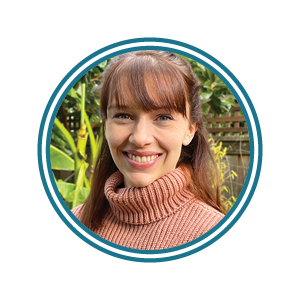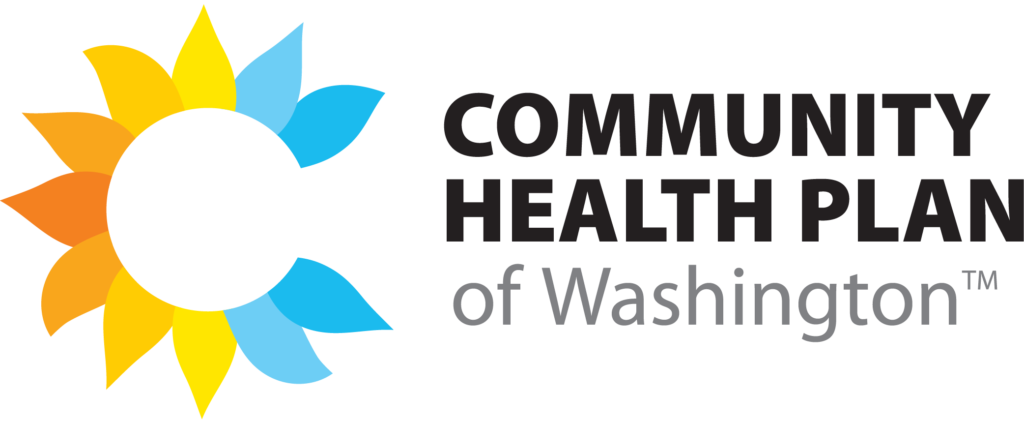Imagine you are a patient at a federally qualified health center (FQHC). You are receiving primary care services at the center because they take your Apple Health (Medicaid) insurance. Perhaps they are the only health clinic in your rural town, and you drove over an hour in the December snow to make your appointment. After your visit, your doctor decides you need regular follow up with the clinic and asks to schedule a phone visit for next week since their in-person appointments are booked out for a month. They ask you to provide a phone number for the visit…but you don’t have a phone. Next, they ask you for an email address so you can see them online via a telehealth visit…but you don’t have internet or a computer at home.
What do you do? How can you access essential healthcare?
This is an overly familiar experience for many in Washington State, where 12% of households do not have a smartphone. Digital inequity, or the “Digital Divide,” affects everyone and determines who has access to quality infrastructure, technology, and digital literacy skills – and who does not.
The need for connectivity transcends healthcare – the “Digital Divide” prevents people from engaging with their communities and participating in our society and economy. Phones and stable internet access are required to find and retain employment, locate housing, stay connected to friends and family, and access social services. In today’s connected world, this inequity will continue to deepen and disproportionately impact historically marginalized groups: rural areas, Tribal lands, low-income neighborhoods, and communities of color. The Community Health Network of Washington (CHNW) and FQHCs are taking action here in Washington State.
With funding awarded on January 1, 2022, from the Washington State Department of Commerce, Office of Broadband, CHNW created the Link to Care WA Digital Navigation Program to support patients at the 21 FQHCs in our affiliated network. The program launched a statewide hotline and website in the Spring of 2022 to support patients. The Link to Care WA Hotline provides free, in-language digital navigation services to patients over the phone. Representatives help eligible patients connect to federal subsidy programs such as the Affordable Connectivity Program (ACP) and Lifeline (which provide free or low-cost internet or smartphones, respectively), learn about types of technology and how to use them, and act as a consistent touchstone for patients needing further support. The Hotline Digital Navigators build trusting relationships with callers, and take the time to meet every need, encouraging patients to engage in continuous learning. Our website provides all of the same amazing resources and is formatted to be an easy-to-use, one-stop resource for patients looking to explore technology independently.
CHNW has also partnered with two FQHCs (Yakima Neighborhood Health Services and HealthPoint) to support in-person digital navigation services, including distribution of free smartphones with 12 months of pre-paid service and hotspot capability, via Link to Care WA. In Yakima County, Yakima Neighborhood Health Services (YNHS) has incorporated digital navigation into offerings from their Community Health Worker (CHW) team. Since March 2022, CHWs across Yakima County have offered free devices, digital literacy education, and connection to federal subsidy programs. In King County, HealthPoint has provided in-person digital navigation and device distribution at clinic sites since April 2022. Beneficiaries of both program sites have included migrant farm workers, patients experiencing housing insecurity, patients with significant health needs, recently arrived refugees, those ineligible for a federal subsidy (such as undocumented residents), and more.
“Link to Care WA not only helps us attract community members and re-engage patients in their healthcare, it also deepens our connections with our patients and enables them to address a range of social factors that can improve their overall health. We’ve seen it make a real difference in patients’ lives.”
“The Link to Care WA program has been a wonderful addition to HealthPoint’s support of its patients and communities. So far, we have distributed more than 260 smartphones to patients who did not have a device. This has enabled them to access their care provider via telehealth, call their provider’s site with questions, access the patient portal, be reminded of appointments, and coordinate with their pharmacies, along with many other opportunities. Most importantly, it has provided patients with the ability to maintain their privacy and dignity, and has also helped them with achieving employment, housing, and other goals.”
To date, over 10,000 patients have received digital navigation support through Link to Care WA, and over 1,800 pre-paid smartphones have been distributed to patients in need. To promote continued learning about the “Digital Divide,” digital equity, and digital inclusion, CHNW has also launched a Digital Navigation Learning Collaborative to bring together FQHCs across the State. We are hopeful that the momentum and energy behind digital navigation will continue to spread and benefit more patients.
Digital inequities are present inside and outside of healthcare spaces and are directly linked to social drivers of health (SDOH). We believe that better access to technology can not only benefit patient health outcomes, but larger groups in Washington State as well. On October 1, 2022, CHNW was awarded additional funding by the Office of Broadband to expand the Link to Care WA program outside of a healthcare setting by making the Hotline and website available to all residents of North Central Washington (Okanogan, Grant, Chelan, and Douglas Counties). In partnership with the North Central Accountable Community of Health and the NCW Tech Alliance, we will establish the North Central Coalition for Digital Access and Equity to provide regionally and culturally-specific digital navigation resources and training materials to community-based organizations looking to incorporate navigation into their existing services. Our goal is to foster and develop a community-directed, regional digital navigation workforce. The Coalition will also distribute pre-paid smartphones to residents most in need, to promote digital access and equity for all.
“We’ve seen our patients use the Link to Care WA services not only to maintain communication with their doctor but to stay in touch with loved ones from afar and stay plugged in at school remotely. We know digital equity is about whole- person health care and have seen how Link to Care WA moves Washington closer to that robust health care vision we all share.”
Let’s return to our introductory scene – imagine you are a patient at a FQHC. Your doctor wants to follow up with you next week. They ask for your phone number and email address…and you can give them both. You had been connected to a Digital Navigator who helped you apply for the federal subsidy programs. You used the subsidy to get free broadband internet in your home and received a free pre-paid smartphone from the clinic staff. The Navigator taught you how to use your new phone, troubleshoot setting up your internet connection, and helped you create your first-ever email address.
Now, you have telehealth video visits and ongoing check-ins over the phone with your doctor without having to leave your home. You email them questions between visits, check lab results, and refill prescriptions on the clinic’s app using your smartphone. You once struggled to find permanent housing, but your phone allows you to access additional assistance from your clinic, as well as from other local resources. You use your new email address to apply for a job online and get a job offer over the phone – a first in months since everything is online. You also use your new smartphone to contact your parents, who live in Mexico and whom you miss dearly. Your internet connection and smartphone make you feel less isolated.
You feel that, finally, you matter. You won’t be left behind.
Equitable connection is a social justice issue – connection to infrastructure, cell service, quality broadband internet, and each other.
“We know that eliminating technological barriers to healthcare by putting phones in people’s hands, connecting them to the internet, and equipping patients to navigate technology, not only improves their health, but also improves their access to employment, education, and other essential social supports.”
Additional Tech Resources:
If you are an FQHC patient in Washington State or a resident of Okanogan, Grant, Chelan, or Douglas Counties, you can contact our Hotline at 866-757-1832 (TTY: 711) for free digital navigation support and services. Phones are open Monday – Friday, 8am – 5pm PST and free interpreter services are available for those who speak a language other than English or Spanish.
Additional Reading & Program Info:
If you would like to learn more about the Link to Care WA program or our expansion into North Central Washington, please visit our website. To learn more about other digital navigation programs funded by the Washington State Department of Commerce, Office of Broadband, you can visit their grant website.
To learn more about the “Digital Divide” and digital navigation work across the United States, please visit the National Digital Inclusion Alliance (NDIA) website. We highly recommend their Digital Navigator Model and other resources, which can help you start a digital navigation program in your community. To see how the “Digital Divide” effects counties across the country, see Purdue University’s recent publication: ‘The State of the Digital Divide in the United States.’




